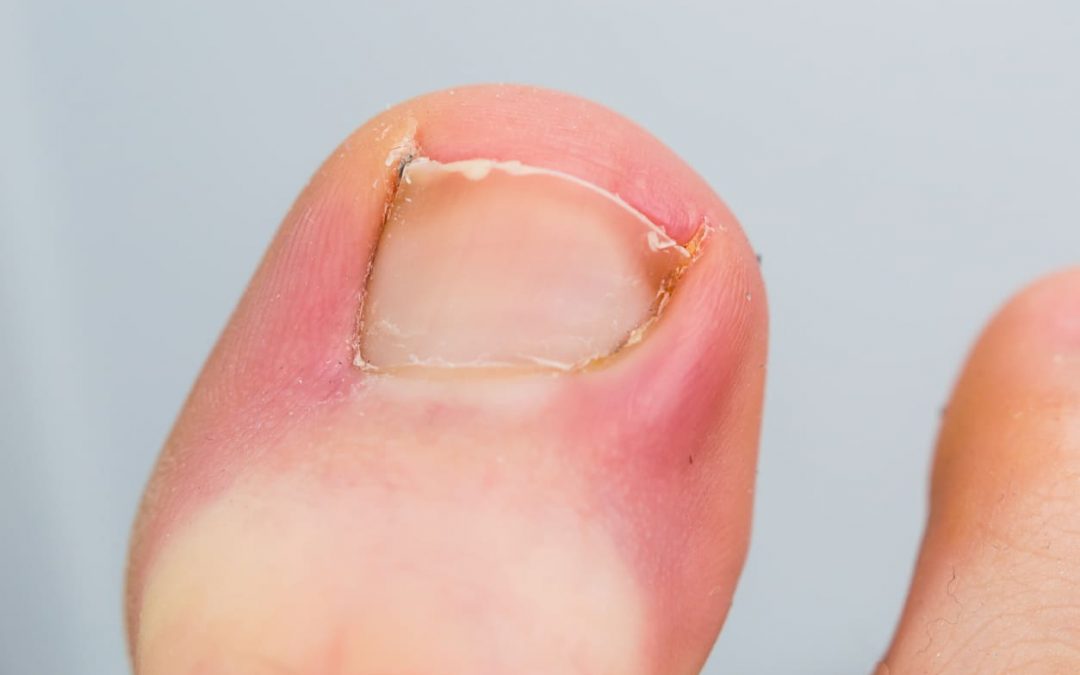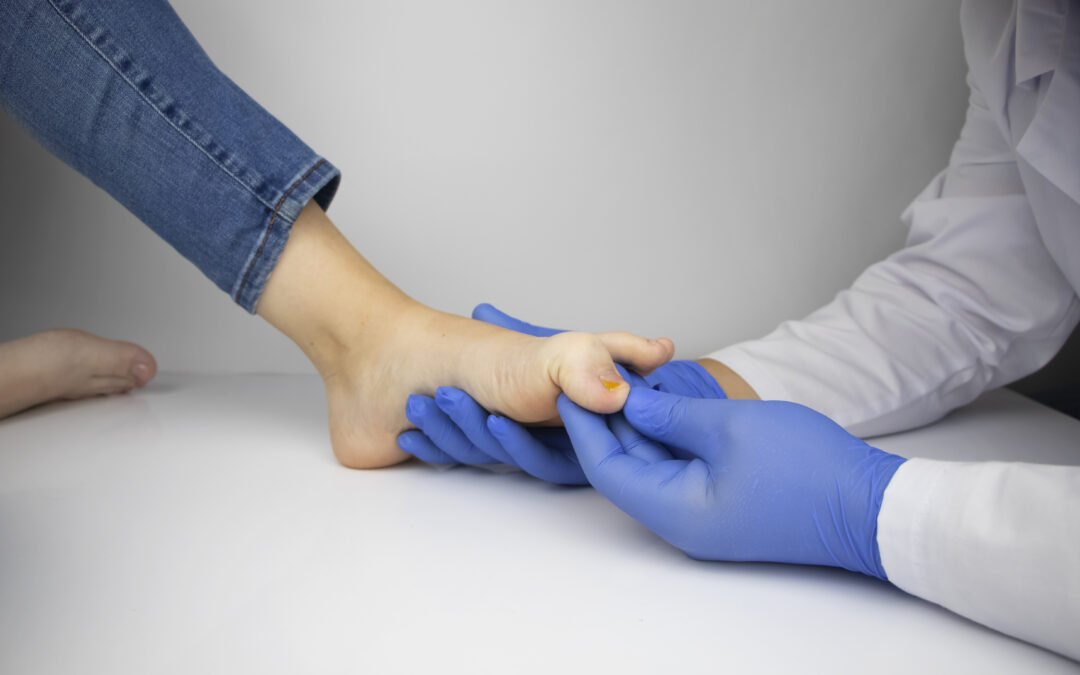An ingrown toenail is quite common and occurs when the toenail starts growing into the side of the toenail bed. The irritation can usually be identified by swelling and redness around the corner of the nail. If left alone, an ingrown toenail can become infected. An infected ingrown toenail is nothing to mess around with. In addition to causing extreme discomfort, the infection can spread and lead to other complications.
What is an infected ingrown toenail?
An ingrown toenail infection results when the minor symptoms of an ingrown toenail get worse. If not properly dealt with, the minimal discomfort in the corner of your toenail bed can escalate and become painfully swollen and red.
The causes of an ingrown toenail can vary, but can usually involve the improper cutting of your toenails, a toe injury, or even wearing tight shoes that irritate the nail bed.
How do I know if I have an infected ingrown toenail?
The symptoms of an infected ingrown toenail are many and can include:
- Swelling and redness around the toenail
- Throbbing or pressure beneath the toenail
- Pain when touched or bumped
- Buildup of pus or oozing fluid
- Bleeding nails
- Cracking or yellowing in nails that could indicate a fungal infection
How to treat an infected ingrown toenail?
There are some home remedies that you can use to treat and temporarily alleviate the pain of an ingrown toenail infection until you can have it properly examined and treated by a podiatrist.
The following are ways to treat an infected ingrown toenail:
- Create a foot bath with Epsom salts – soaking the infected area can temporarily ease the pain, lower the swelling and drain the pus from the infection
- See a podiatrist – the doctor may begin treatment by inserting a small wedge of medicated cotton between the nail and the inflamed area to drain the fluid
- The foot doctor may alternatively choose to numb the area and use a small incision to drain the pus
- The doctor gently wraps the area in sterile gauze to allow further drainage of the infection and prescribe antibiotic ointment
- Take medications for your infected ingrown toenail if your doctor prescribes them to help reduce the pain and swelling
- Seek ingrown toenail surgery if the condition persists or comes back again – the doctor simply numbs the toe and cuts off a sliver of the toenail edge so that it doesn’t grow into the nail bed
It’s also worth noting that online there are many ingrown toenail misconceptions, which don’t actually help improve the condition of your ingrown toenail infection. Please cross check your sources to make sure they are board certified doctors of podiatric medicine, like Podiatry Associates.
If you need ingrown toenail treatment in the Baltimore and the surrounding areas or have any questions about the treatments described above, check out our Podiatry Associates locations and find a podiatrist near you. Feel free to call our scheduling office to discuss your specific situation: (833) 500-FEET.
Time to See a Podiatrist?
If you have any of the issues described above, it’s time to consult an expert. Connect with Podiatry Associates for an evaluation. All of our doctors are board certified/qualified and we’re dedicated to preserving your foot health.
Other Related Articles:
- When Should You Go to the Doctor for an Ingrown Toenail?
- Causes and Symptoms of Ingrown Toenails
- What are the Misconceptions About Ingrown Toenails?
- 11 Things Every Patient Should Know About Foot Surgery
- Everything You Need to Know About a Podiatrist
- What Can a Podiatrist Do?
- When to See A Podiatrist





